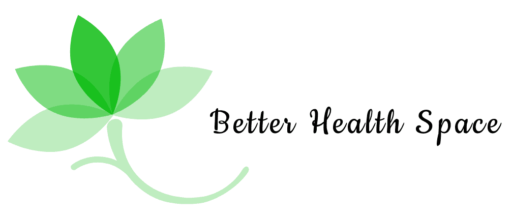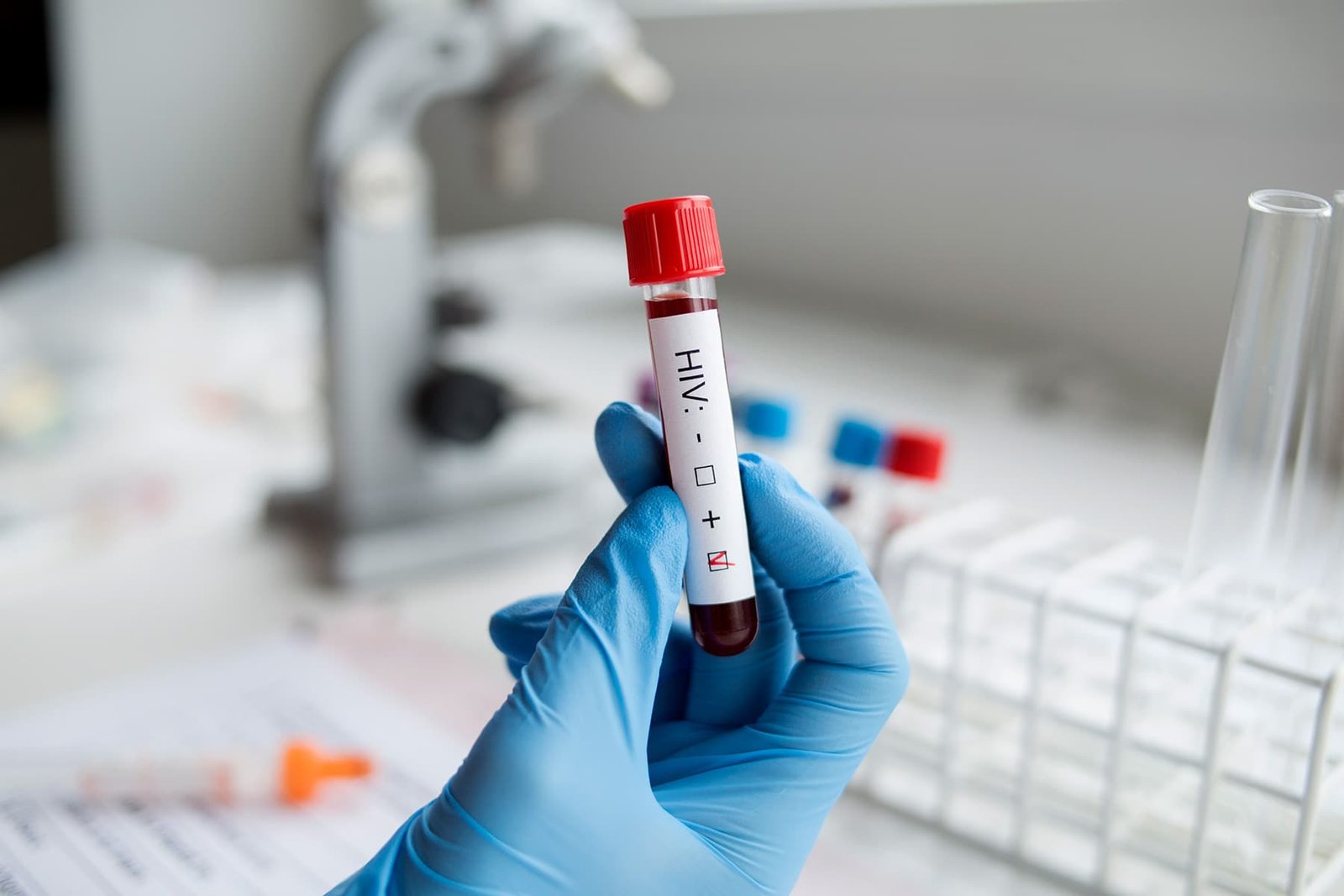Feb. 15, 2022 — A woman has been in remission from HIV for 14 months after being treated for leukemia with transplants of adult stem cells and umbilical cord blood. If she remains off treatment without any hint of HIV, she would be only the third person in the world – and the first woman — to be cured through a transplant.
“Her own virus could not infect her cells,” said Yvonne Bryson, MD, chief of pediatric infectious diseases at the UCLA School of Medicine, who presented the study at a conference on infectious diseases.
This approach may be available to a more diverse pool of people living with HIV. The New York woman, who is biracial and has asked that her specific race and age not be shared to protect her privacy, was diagnosed with HIV in 2013. She started treatment right away and quickly developed an undetectable viral load, which not only prevents someone from transmitting HIV to others, but also gives the virus less time to enter cells, where it can hide.
But in 2017, she was diagnosed with leukemia. As a last resort to cure her of the cancer, she received a combination of adult stem cells from a relative’s blood and umbilical cord blood obtained from a cord-blood bank. That sample of cord blood was selected because it contained a genetic mutation that makes the immune system resistant to HIV.
The two previous HIV cures, in Timothy Ray Brown of Berlin and Adam Castillejo of London, also used stem cell transplantation with the same mutation. But they had bone marrow transplants. Those transplants are more difficult than cord blood transplants, which are commonly used to treat cancer in children.
In this case, the doctors treating her used both.
“This allows the adult cells to accelerate and grow up until the cord blood takes over,” said Bryson, who presented the data at the Conference on Retroviruses and Opportunistic Infections 2022. Bryson shared data that showed that soon after HIV diagnosis and treatment, the patient’s viral load dropped to undetectable levels. She had a spike of virus when she received the transplant, but then it went back to undetectable and has stayed that way ever since.
Her immune system rebuilt itself using the new, HIV-resistant cells provided in the transplant. The transplant went so well that she could leave the hospital early.
One hundred days after the transplant, the immune system contained within the cord blood had taken over. After 27 months, she decided to stop all HIV treatment to see if the transplant had worked.
This was the real test. But even as Bryson and colleagues continued to monitor her closely, they didn’t find any sign of the disease. She tested negative for HIV.
“Her cells are resistant to HIV now — both her own strains and laboratory strains,” Bryson said in an interview. “It’s been 14 months since then. She has no rebound and no detectable virus.”
Most donors with the gene mutation this patient received are white, Bryson said, suggesting that this approach, in a woman of multiple races, could expand the pool of people living with HIV and cancer who are good candidates for it.
Now the challenge is to move from a single case to making the cure available to other people with HIV.
For people living with HIV, particularly women of color, the results raise hopes and questions. Nina Martinez knows something about being a “first.” In 2019, she was the first American woman of color living with HIV to donate a kidney to another person living with the virus. To her, the excitement over the first woman of color cured of HIV just shines a light on how very white and male HIV cure studies have been until now.
“For me, I’m not looking for a cure in which the successful step forward is me getting cancer,” she said. “I’m looking at, what’s going to be sustainable? I want to know what’s going to work for a group of people.”
Gina Marie Brown, a social worker living with HIV in New Orleans, is also thinking of groups of people.
“Every time we get a breakthrough, it’s like the sun is taken from behind the clouds a little more,” she said.





